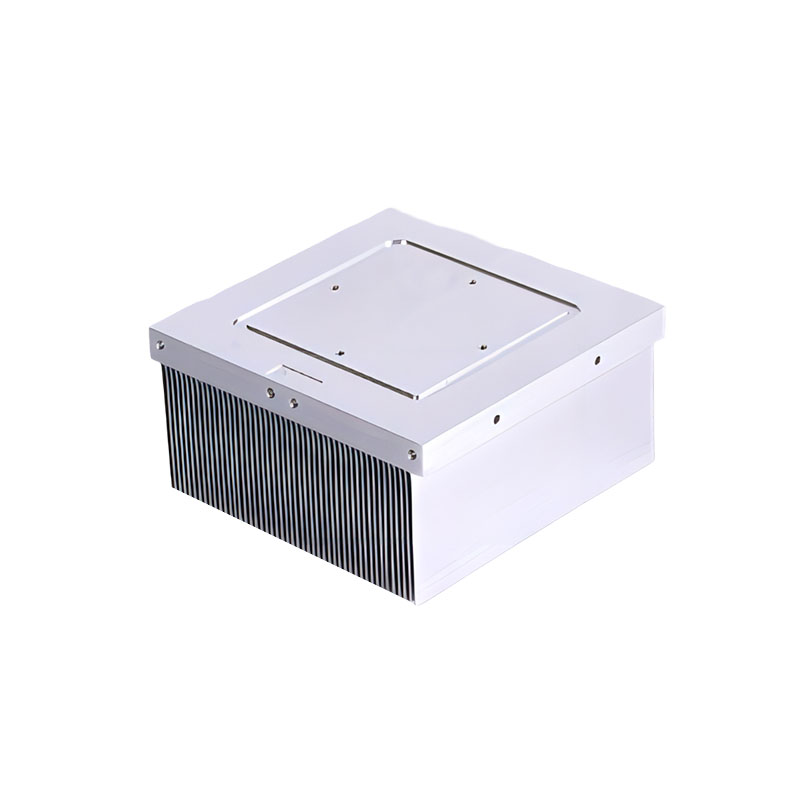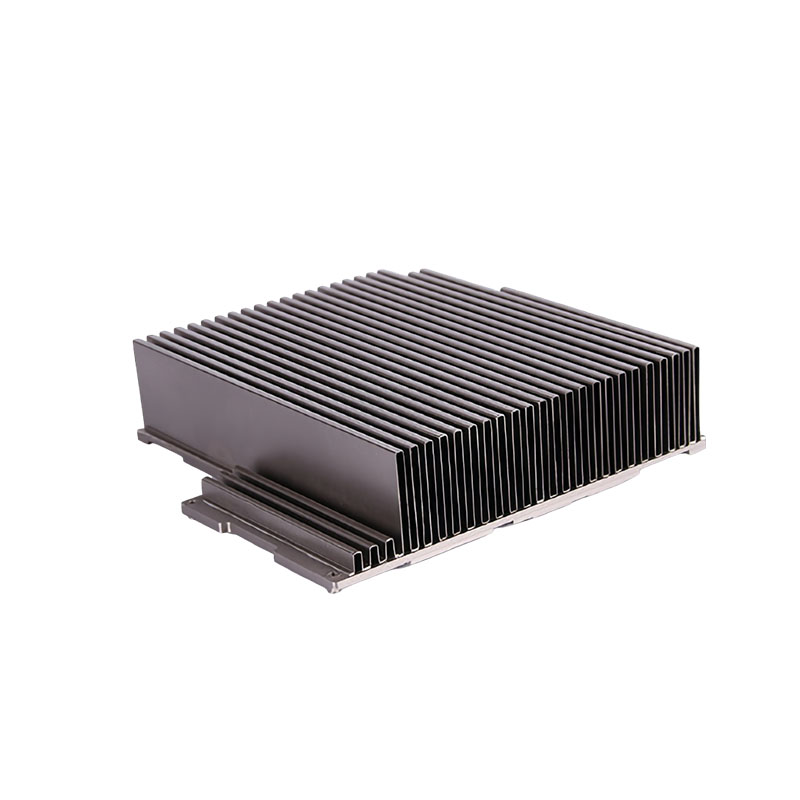How do various heat pipe radiators improve the cooling efficiency of equipment?
Release Time : 2025-04-15
Today, with the high integration of electronic equipment and the continuous improvement of performance, heat dissipation has become a key factor restricting the performance and life of equipment. Various heat pipe radiators, as an efficient heat dissipation solution, are widely used in many fields such as computers, communication equipment, power electronics, etc., significantly improving the cooling efficiency of equipment.
1. Working principle of various heat pipe radiators
The working principle of various heat pipe radiators is based on the unique heat conduction mechanism of heat pipes. Heat pipes are efficient heat transfer elements that contain a small amount of working medium (such as water) and are sealed in a tubular cavity under a vacuum state. The two ends of the heat pipe are the evaporation section and the condensation section. When the evaporation section is heated, the working medium absorbs heat and quickly evaporates into steam, and the steam flows to the condensation section under a small pressure difference. In the condensation section, the steam releases heat and condenses into liquid, and the liquid then flows back to the evaporation section along the porous material (such as the wick) on the inner wall of the heat pipe to form a cycle.
2. Ways various heat pipe radiators improve cooling efficiency
Efficient thermal conductivity: The thermal conductivity of heat pipes is extremely high, far exceeding that of metals such as copper and aluminum, and can quickly transfer heat from heat sources (such as CPUs and GPUs) to heat sinks. This efficient thermal conductivity enables various heat pipe radiators to dissipate a large amount of heat in a short period of time, effectively reducing the temperature of the device.
Excellent isothermal performance: The flow of steam inside the heat pipe produces almost no temperature difference, so that the temperature of each part of the heat pipe tends to be consistent. This isothermal performance helps to maintain the stability of the heat dissipation system and avoid performance degradation or equipment damage caused by local overheating.
Flexible heat dissipation design: Various heat pipe radiators can be flexibly designed according to the heat dissipation requirements of the device. For example, by increasing the number of heat pipes, adjusting the shape and size of the heat sink, and optimizing the air duct design, the heat dissipation efficiency can be further improved. In addition, heat pipes can also be combined with other heat dissipation technologies (such as air cooling and liquid cooling) to form a composite heat dissipation system to achieve more efficient heat dissipation.
Fast thermal response speed: Various heat pipe radiators have a fast thermal response speed and can quickly start the heat dissipation mechanism when the device temperature rises. This rapid response capability is particularly important for protecting equipment from instantaneous high temperature shocks.
Long life and low maintenance costs: Various heat pipe radiators have a simple structure and no moving parts, so they have a long service life and low maintenance costs. This makes various heat pipe radiators an ideal choice for long-term heat dissipation needs.
Various heat pipe radiators play an important role in improving equipment cooling efficiency with their high efficiency heat conduction performance, excellent isothermal performance, flexible heat dissipation design, fast thermal response speed, long life and low maintenance costs.
1. Working principle of various heat pipe radiators
The working principle of various heat pipe radiators is based on the unique heat conduction mechanism of heat pipes. Heat pipes are efficient heat transfer elements that contain a small amount of working medium (such as water) and are sealed in a tubular cavity under a vacuum state. The two ends of the heat pipe are the evaporation section and the condensation section. When the evaporation section is heated, the working medium absorbs heat and quickly evaporates into steam, and the steam flows to the condensation section under a small pressure difference. In the condensation section, the steam releases heat and condenses into liquid, and the liquid then flows back to the evaporation section along the porous material (such as the wick) on the inner wall of the heat pipe to form a cycle.
2. Ways various heat pipe radiators improve cooling efficiency
Efficient thermal conductivity: The thermal conductivity of heat pipes is extremely high, far exceeding that of metals such as copper and aluminum, and can quickly transfer heat from heat sources (such as CPUs and GPUs) to heat sinks. This efficient thermal conductivity enables various heat pipe radiators to dissipate a large amount of heat in a short period of time, effectively reducing the temperature of the device.
Excellent isothermal performance: The flow of steam inside the heat pipe produces almost no temperature difference, so that the temperature of each part of the heat pipe tends to be consistent. This isothermal performance helps to maintain the stability of the heat dissipation system and avoid performance degradation or equipment damage caused by local overheating.
Flexible heat dissipation design: Various heat pipe radiators can be flexibly designed according to the heat dissipation requirements of the device. For example, by increasing the number of heat pipes, adjusting the shape and size of the heat sink, and optimizing the air duct design, the heat dissipation efficiency can be further improved. In addition, heat pipes can also be combined with other heat dissipation technologies (such as air cooling and liquid cooling) to form a composite heat dissipation system to achieve more efficient heat dissipation.
Fast thermal response speed: Various heat pipe radiators have a fast thermal response speed and can quickly start the heat dissipation mechanism when the device temperature rises. This rapid response capability is particularly important for protecting equipment from instantaneous high temperature shocks.
Long life and low maintenance costs: Various heat pipe radiators have a simple structure and no moving parts, so they have a long service life and low maintenance costs. This makes various heat pipe radiators an ideal choice for long-term heat dissipation needs.
Various heat pipe radiators play an important role in improving equipment cooling efficiency with their high efficiency heat conduction performance, excellent isothermal performance, flexible heat dissipation design, fast thermal response speed, long life and low maintenance costs.







